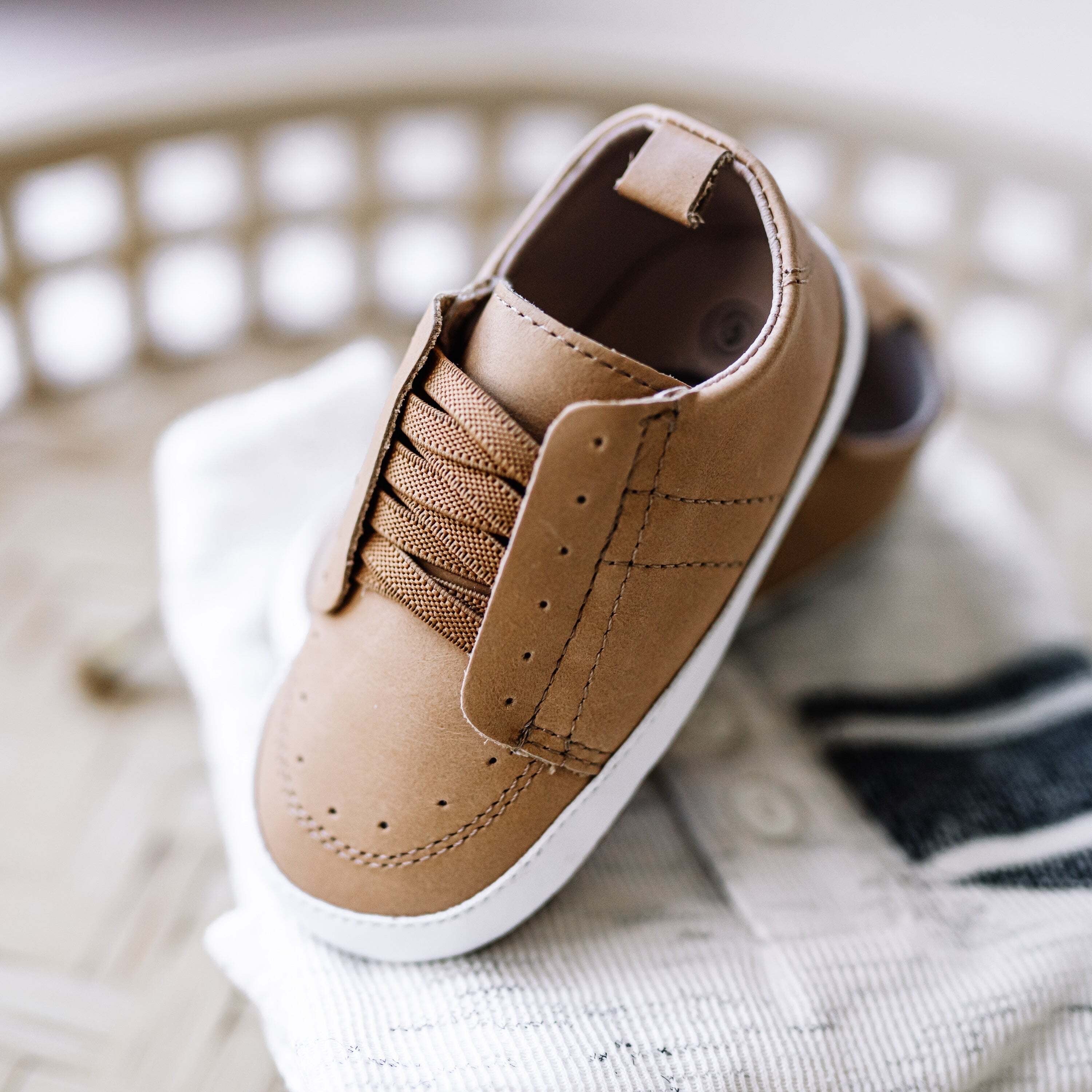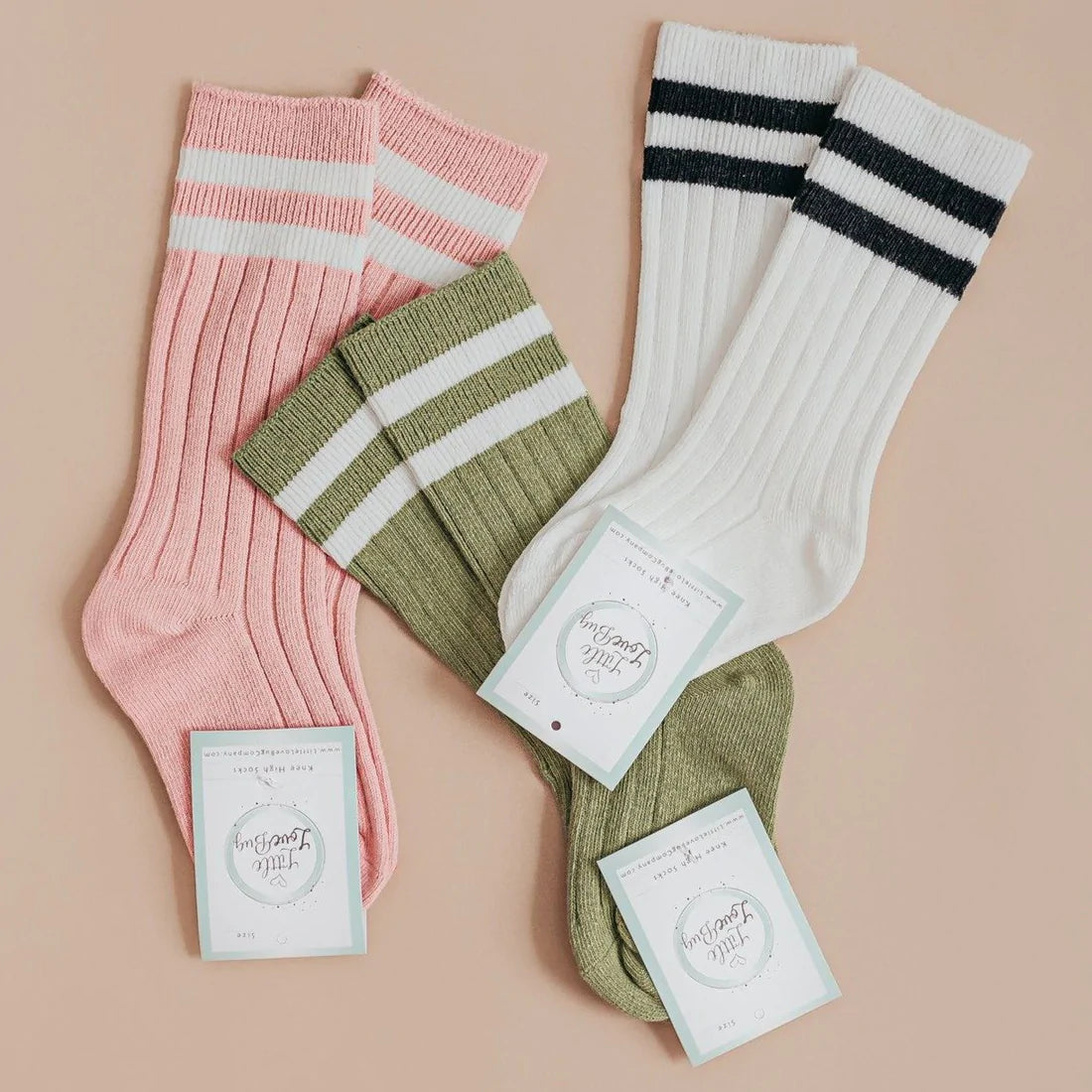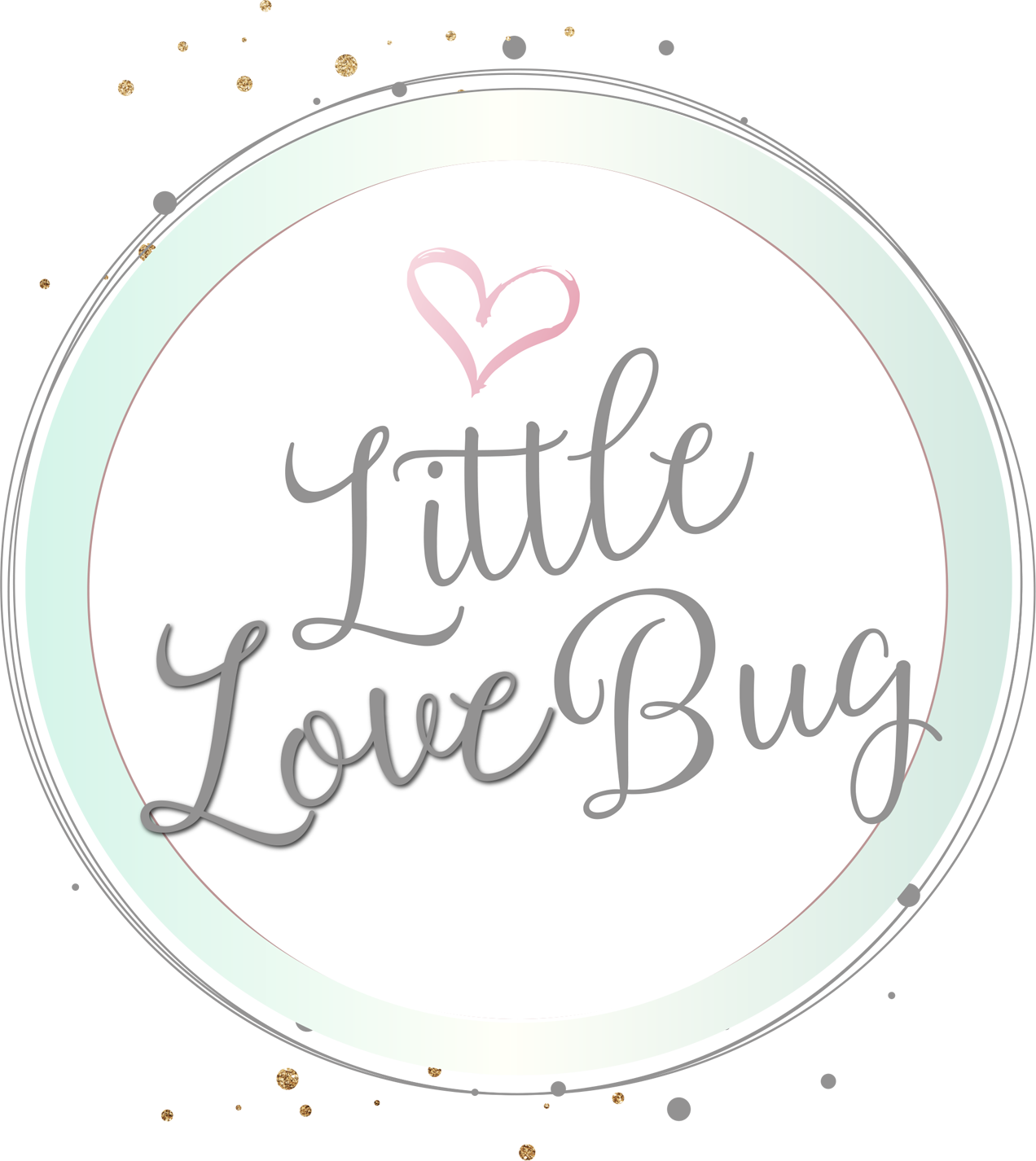
It's every parent's worst nightmare - your child has come home from school with lice. When you find out, your first instinct might be to panic, but fear not! Dealing with lice is a nuisance, but there are steps you can take to help your child and your family get rid of the lice quickly and effectively. In this blog post, we'll discuss how to handle your child getting lice at school and what steps you should take to ensure everyone in the family stays lice-free.

Check everyone in your household
One of the most important steps to take after finding out your child has lice is to check everyone in your household. Lice can easily spread from one person to another, so it's essential that you check each person for lice and their eggs (called nits).
To do this, use a fine-toothed comb to part the hair section by section. You should be looking for small, white/tan dots that attach to the hair shaft. These are the nits and can be difficult to spot since they often blend in with the natural color of the hair. Additionally, you should look for crawling lice or dark brown bugs in the hair.
If you find lice or nits on any member of your household, it's time to start treatment immediately. Don't wait for all members to be checked, as this could cause the lice to continue spreading.
Treat everyone who has lice
If you find lice on your child’s head, it is important to treat everyone in the household who may have been exposed. This includes other family members and close friends who have been in contact with your child.
There are several over-the-counter (OTC) treatments available for lice. The most commonly used OTC treatments include shampoos that contain active ingredients like pyrethrins and permethrin. These are applied to the scalp and hair for a specific period of time and then rinsed out. Other products contain dimethicone, which forms a coating on the hair strands and suffocates the lice.
If you choose to use a natural treatment option, there are several home remedies available. One common remedy is to coat the hair with olive oil or mayonnaise, which suffocates the lice, and then shampoo it off after an hour. Another popular remedy is to combine equal parts vinegar and water and spray it on the hair. It should be left on for several hours and then washed out with a mild shampoo.
It is important to note that OTC and natural treatments do not kill all the lice eggs, so it is important to comb out the nits (lice eggs) with a nit comb. This should be done every few days until no new nits are found for 7 to 10 days.
Wash all of your household linens
When treating head lice, it is important to wash all of your household linens in hot water. This includes bed sheets, pillowcases, towels, and any other fabric items that may have come in contact with your child’s head. When laundering these items, be sure to use the hottest water setting that the fabric will allow and a laundry detergent with an insecticide. After washing, dry all items on the highest heat setting that the fabric will allow and check the inside of the dryer for any remaining lice or nits.
Vacuum all of your carpets and upholstered furniture
One of the most important steps to getting rid of lice is vacuuming. Vacuuming will help remove any remaining lice and their eggs from carpets and furniture. Start by vacuuming all of your carpets and upholstered furniture, including couches, chairs, and beds. Focus on areas where lice could be hiding such as cracks in furniture, creases in couches, seams in mattresses, and underneath cushions. Make sure to vacuum thoroughly, going over the same area multiple times. After you have vacuumed, throw away the vacuum bag or empty and clean the canister. It’s also important to disinfect any surfaces where lice may have been. You can use a disinfectant spray or a mixture of water and vinegar to help kill any remaining lice or eggs.
Store all of your treated belongings in sealed plastic bags for 2 weeks
When your child has lice, it's important to store all of their treated belongings in sealed plastic bags for two weeks. This helps to ensure that any remaining lice will not survive and spread to other people or items.
Start by collecting all of the items that have been treated, such as clothing, bedding, towels, and hats. Place each item in its own sealed plastic bag and be sure to close it tightly. If you are using a laundry bag for large items, you can tie a knot at the top to keep the lice contained.
Once all of the treated items have been placed in sealed plastic bags, store them away from other items in your home. This will help to prevent the spread of lice and also keep them away from any untreated items.
You should also be sure to seal the plastic bags with tape so that the lice cannot escape. Additionally, you should change the plastic bags every two weeks or after washing the items in order to prevent the lice from surviving in the environment.
By following these steps, you can help to reduce the spread of lice in your home and keep your family safe.

Tea tree oil helps
Tea tree oil has been used for centuries as an effective remedy for lice infestations. It's a natural insecticide that works by disrupting the nervous system of the lice, causing paralysis and death. Studies have shown that it's even more effective than chemical-based lice treatments.
To use tea tree oil, mix it with water and apply to the scalp. Leave it on for at least 20 minutes and then rinse it out. For extra protection, you can also add a few drops of lavender essential oil to the mix.
It's important to remember that tea tree oil is not a substitute for traditional lice treatment. It may help reduce the population of lice, but it won't completely eliminate them. It should be used in combination with other measures to help reduce and prevent lice infestations.


